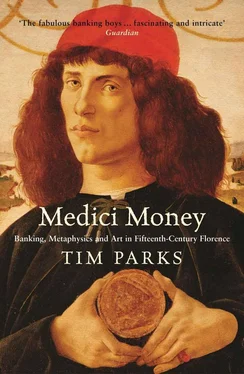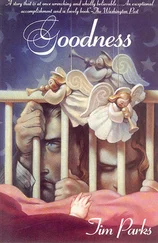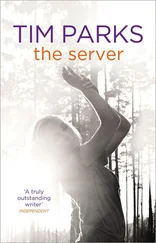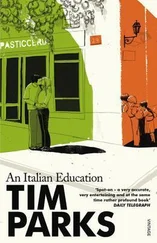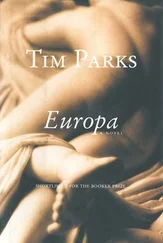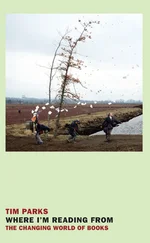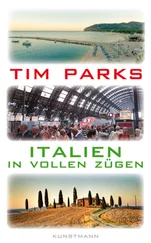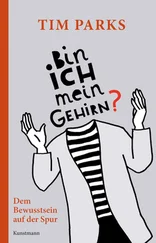Quanto è bella giovinezza ,
How fine youth is
che si fugge tutta via
Though it flee away
Chi vuole essere lieto, sia ,
Let he who wishes, enjoy
di doman non c’è certezza
Nothing’s certain tomorrow
Stiff in the joints though he now was, Lorenzo practiced what he preached and got on his horse at night to visit Bartolomea de’ Nasi when she was away from her husband in her country villa. “Crazy,” writes Guicciardini, “to think that a man of such reputation and prudence, forty years old, was so taken by a woman, hardly beautiful and full of years, as to do things that would have seemed dishonest to every youngster.”
Yet eclecticism and promiscuity are always vulnerable to a nostalgia for rigid principles, as the moneyed classes yearn for a value that can’t be counted. The brilliant Pico della Mirandola, master of many languages, lover of the mystics and the Kabbalah, was impressed by Savonarola’s preaching, by his strict attention to the words of the biblical text. Bring him back to Florence, he told Lorenzo, he’ll be an asset. Suffering severely from gout, aware that his own death couldn’t be far off, Lorenzo was persuaded. He and Pico couldn’t have known that Girolamo was now in a decidedly visionary mood, having convinced himself he was a reincarnation of the Old Testament prophets he had studied for so long. On August 1, 1490, in San Marco, the monastery that Cosimo had had rebuilt, Savonarola began his series of sermons on the Apocalypse. He had three basic themes: The need for Church renewal; the belief that before renewal God would punish all Italy with some terrible catastrophe; the conviction that this must happen soon.
What could such a prediction mean but the end of Medici rule? In Lent of 1491, Savonarola preached what he himself described as terrifica praedicatio —a terrifying sermon. Despite invitations from both the signoria and the Church authorities to take it easy, he repeated his themes again and again. This disaster will happen very soon. Had he seen the Medici’s balance sheets? Cardinal Giovanni was already living far beyond his means, borrowing from the bank to the tune of 7,000 florins. Sassetti was dead. Tornabuoni and Spinelli were desperate. With the general decline of trade, the English refusal to export their raw wool, almost all the other Florentine banks had gone under.
In April, Savonarola preached to the priors in Palazzo della Signoria. He condemned Lorenzo’s tyranny. He condemned corruption. Those on the losing side of the Medici regime flocked to hear him. The poor were enchanted. Oppressed by asthma and arthritis, Lorenzo couldn’t persuade the priest to compromise, or even to talk to him in person. The eclectic tries to include the fundamentalist in his collection, his entourage of artists, philosophers, poets; the banker seeks to finance him, to count him among his debtors; but the fundamentalist won’t have it.
In July 1491, Savonarola is elected prior of San Marco. He takes the cell at the opposite end of the monastery from Cosimo’s. There are no pretty paintings. “The real preacher,” he says, “cannot flatter a prince, only attack his vices.” Clearly this man is an opponent of a quite different caliber from the debt-ridden Innocent, the murderous Sixtus. Even good Archbishop Antonino, in Cosimo’s time, was always open to compromise. But Savonarola preaches values that are beyond money’s grasp. He yearns for poverty, even death. It’s a showdown.
Near death himself, Lorenzo begins to write religious hymns. As always, he is master of form and content, conversant with his predecessors, intimate and seductive. Some of the hymns are written to be sung to the same tunes as the bawdy Carnival songs. At the same time he presses on with his Commentary on My Sonnets , a long work in which he rearranges the old love poems to Lucrezia in a prose analysis that offers an imaginary autobiography of unhappy love and Platonic transcendence. Supremely self-conscious, even in the grip of terminal illness, Lorenzo is still performing.
On April 5, 1492, lightning strikes the dome of the duomo . “Behold,” preaches Savonarola, “swift and sudden the sword of the Lord upon our land.” Only three days later, religious prophecy and Renaissance theatricality come together in the perfect deathbed scene. At his last gasp, kissing a silver crucifix encrusted with precious stones, Lorenzo calls for Savonarola.
Was this a victory or a defeat? From Giovanni di Bicci’s first contracts with the Curia, Cosimo’s supervision of the design of Giovanni XXIII’s tomb, the history of the Medici bank had always been intertwined with that of the Church. They were two institutions that repelled and attracted each other, came together and fell apart, in one drama after another. Exiled, Cosimo had hidden his money in churches; almost all his patronage had favored religious buildings, devotional paintings. The same was true of his great director Giovanni Benci. “Should pay up by John the Baptist’s Day,” was a typical comment in bank correspondence. Interest on loans accumulated from one martyr’s festival to the next. “In the name of God and of Profit,” announced the account books. And as the decades passed, Medici employees all over Europe had poured the bank’s money into chapels and churches. Lorenzo had almost been murdered in church. Wounded by two priests, he had fought one pope, flattered another, and finally brought family and church together in a son who was already on his way to squandering what was left of the family resources, as one day he would ruin the finances of the Curia.
Now Savonarola meets Lorenzo at death’s door. Lorenzo has already been granted extreme unction — the last rites of the Church — so the priest has no power over his eternal soul. On the other hand, he can hardly refuse the invitation to speak to a dying man. If you recover, you must change your life, Savonarola says. Knowing there is no recovery, Lorenzo agrees. Savonarola gives his blessing. It’s a standoff, a stalemate, an insoluble antagonism: money and metaphysics, eclectic humanism and rigid fundamentalism. The wonder is that history should offer us an encounter so emblematic of the forces whose clash will decide the future of Europe. Twenty-five years later, Giovanni de’ Medici’s frank enjoyment of the papacy would be challenged by the revolt of Martin Luther. Banking would be profoundly affected. Protestant England was the first to legalize usury. Catholic Italy, under the Counter-Reformation, reimposed the old laws that bred the old subterfuges.
HOW DIFFICULT TO be Piero di Lorenzo de’ Medici! “I have three sons,” Lorenzo is reputed to have said, “one dumb, one smart, one sweet.” Piero was the dumb one, Giovanni the smart. If the authority of Lorenzo had depended first on wealth, later on charisma, Piero possessed neither. The money had mostly been spent, and there are cases where even the best education is just wasted time. Piero was good at sports, particularly an early form of football. But the era of the sports celebrity had not yet arrived. He had inherited Lorenzo’s suspicious nature but not his charm. And yet, remarks Guicciardini, the succession was so smooth, “the good will on the part of people and princes so great, that had Piero had even an ounce of wit and prudence, he could not have fallen.” He didn’t and he fell.
Throughout the fifteenth century, it had been the habit of the Italian city-states, at some crisis point in their internal struggles, to play the threatening card of calling on a foreign ally to tip the balance in the peninsula. In desperate straits against Rome and Naples in 1480, Florence had invited the French to reconsider their claims to the throne of Naples. In 1482, during the Venetian assault on Ferrara, Florence and Milan had encouraged the Turks to step up their attacks on Venice’s maritime possessions. Venice had replied by inviting the duke of Lorraine to consider his claim to Naples, the duke of Orleans his to Milan. In a pointless war against Naples in 1483, Pope Innocent VIII had again suggested that the duke of Lorraine might want to take the kingdom. Dangerous games. Nobody seems to have considered what might actually happen if a foreign army did push into Italy. It was Piero’s bad luck to find out.
Читать дальше
